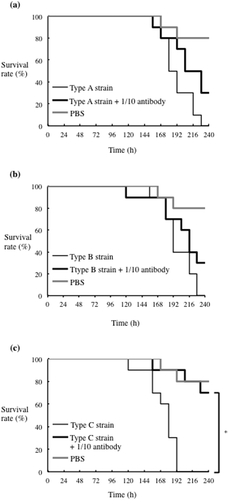Figures & data
Figure 1. Expression of recombinant FimA in Escherichia coli BL21. (a) Coomassie blue staining of purified GST-rFimA fusion proteins separated by SDS-PAGE. Lane 1, rFimA type A, Lane 2, rFimA type B, Lane 3, rFimA type C. (b) Western blot analysis using each anti-rFimA antibody. Lane 1, rFimA type A; Lane 2, rFimA type B; Lane 3, rFimA type C. M: molecular marker

Figure 2. Virulence of P. gulae infection in silkworm larvae. larvae were injected with 10 ml suspension of P. gulaeat. low dose (A; 1 × 107 CFU) or high dose (B; 5 × 107 CFU) and incubated at 37°C. The survival rate was recorded at the time points indicated. PBS was used as a negative control. Data are representative of three independent experiments
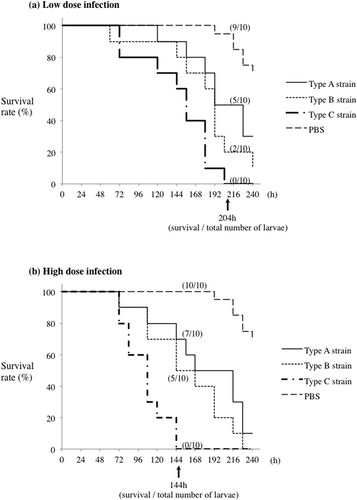
Figure 3. Effect of P. gulae rFimA protein injection on silkworm larvae. A total of 50 µl (5 µg) of each rFimA protein was injected into larvae and incubated at 37°C. The survival rate was recorded at the time points indicated. PBS was used as a negative control. Data are representative of three independent experiments. Survival rates in the silkworm larvae in each group were evaluated with a Kaplan–Meier plot, which was analyzed by a log-rank test (*P < 0.001)
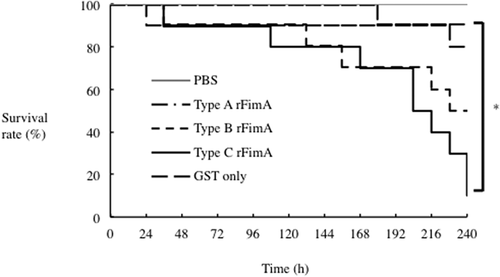
Figure 4. Inhibitory effects of antibiotics on the growth of P. gulae. P. gulae (5 × 107 CFU) was cultured in trypticase soy broth TSB and an antibiotic at the concentrations indicated for 24 h. after incubation, bacterial growth was measured using a microplate reader. Data are expressed as the relative ratio of treated/untreated cultures and represent means ± SD from three independent experiments analyzed with a t-test. *P < 0.05; **P < 0.01; ***P < 0.001
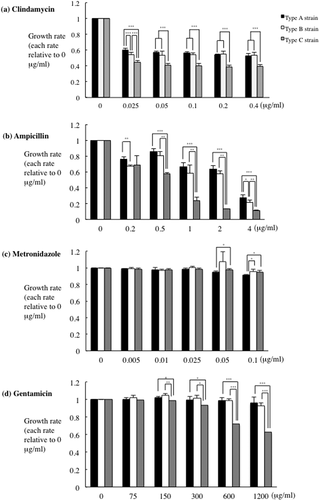
Figure 5. Effect of clindamycin on P. gulae D049 (type C) infection of silkworm larvae. Larvae (n = 10) were injected with a 50-µl suspension of P. gulae (5 × 107 CFU) and a 50-μl clindamycin solution (0.4 μg/ml) and incubated at 37°C. The survival was recorded for the time indicated. PBS was used as a negative control. Data are representative of three independent experiments. Survival rates in the silkworm larvae in each group were evaluated with a Kaplan-Meier plot, which was analyzed by a log-rank test. *P < 0.001
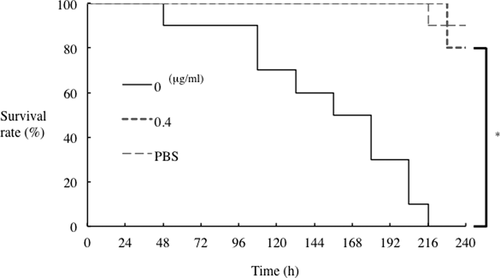
Figure 6. Effect of clindamycin on infection of silkworm larvae with different P. gulae strains. Larvae (n = 10) were injected with a 50-μl of P. gulae suspensions (5 × 107 CFU) (a) strain ATCC51700 (type A), (b) strain D040 (type B), or (c) strain D049 (type C), and a 50-μl solution of 0.4 μg/ml clindamycin, and incubated at 37°C. The survival rate was recorded for the time points indicated. PBS was used as a negative control. Data are representative of three independent experiments. Survival rates in the silkworm larvae in each group were evaluated with a Kaplan-Meier plot, which was analyzed by a log-rank test. *P < 0.05; **P < 0.01
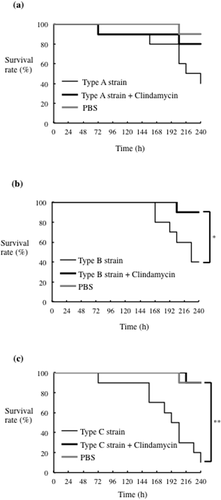
Figure 7. Effects of rFimA type C antisera on survival of silkworm larvae injected with rFimA proteins. Silkworm larvae (n = 10) were injected with 50 μl of each rFimA protein (5 μg each of type A, B and C) and anti-rFimA type C antisera, and incubated at 37°C. The survival rate was recorded for the time points indicated. Data are representative of three independent experiments. Survival rates in the silkworm larvae in each group were evaluated with a Kaplan-Meier plot, which was analyzed by a log-rank test. *P < 0.05; **P < 0.01
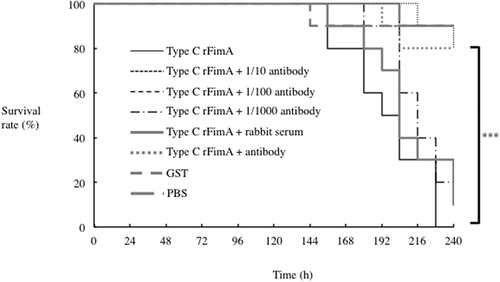
Figure 8. Effects of antisera raised against each rFimA protein type on silkworm larvae injected with the corresponding rFimA protein. Larvae (n = 10) were injected with 5 μg in 50 μl of type A (a), type B (b) or type C (c) rFimA protein, with without the corresponding anti-rFimA antisera (indicated concentrations), and incubated at 37°C. The survival rate was recorded for the time points indicated. PBS was used as a negative control. Data are representative of three independent experiments. Survival rates in the silkworm larvae in each group were evaluated with a Kaplan-Meier plot, which was analyzed by a log-rank test. *P < 0.05; **P < 0.01
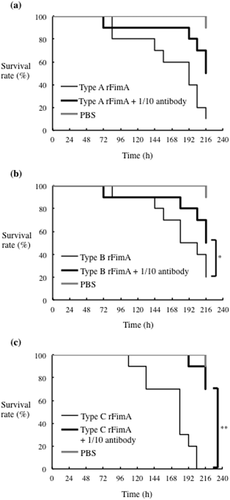
Figure 9. Effect of antisera raised against each rFimA protein type on silkworm larvae infected with P. gulae strains. Larvae (n = 10) were injected with a 50 μl suspension of P. gulae (5 × 107 CFU) type A strain ATCC51700 (a), type B strain D040 (b), or type C strain (c), and were incubated at 37°C. The survival rate was recorded at the time points indicated. PBS was used as a negative control. Data are representative of three independent experiments. Survival rates in the silkworm larvae in each group were evaluated with a Kaplan-Meier plot, which was analyzed by a log-rank test. *P < 0.001
